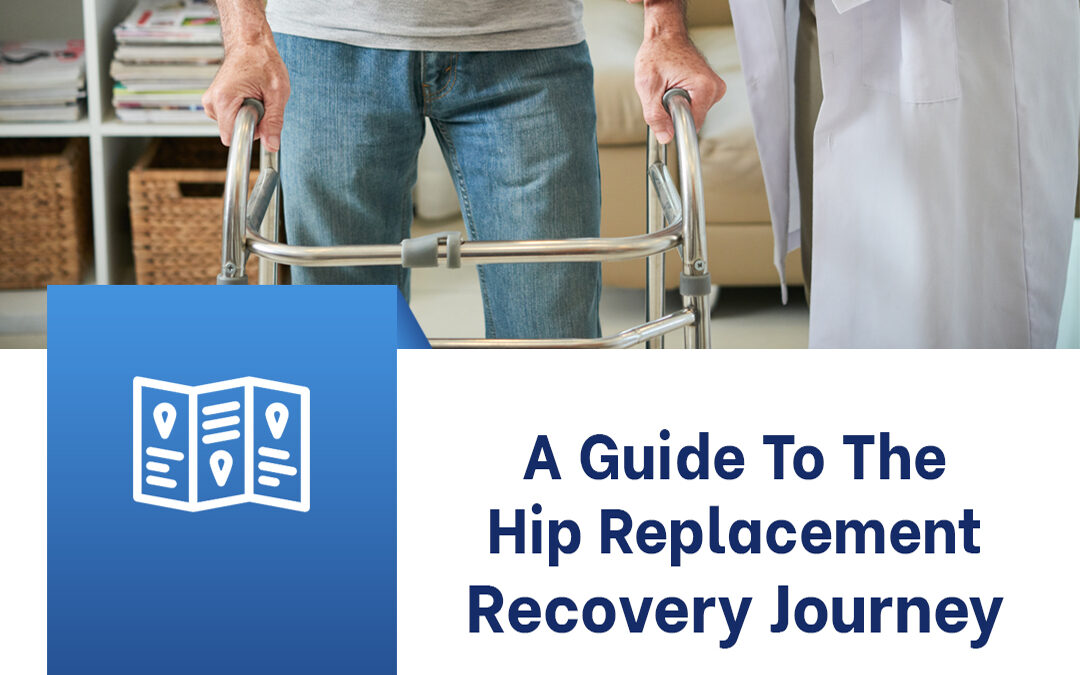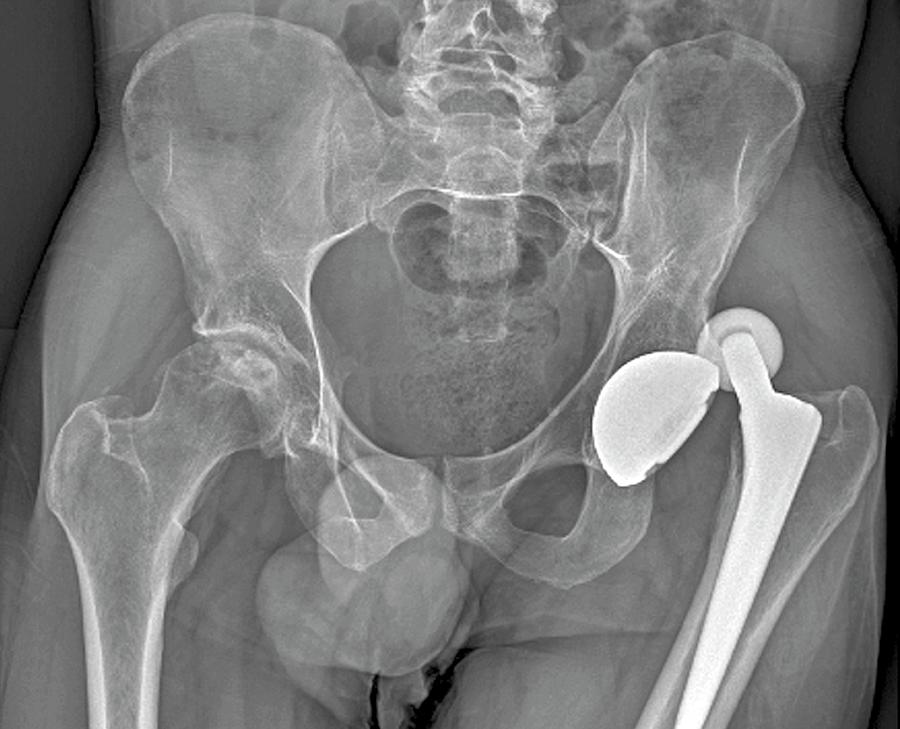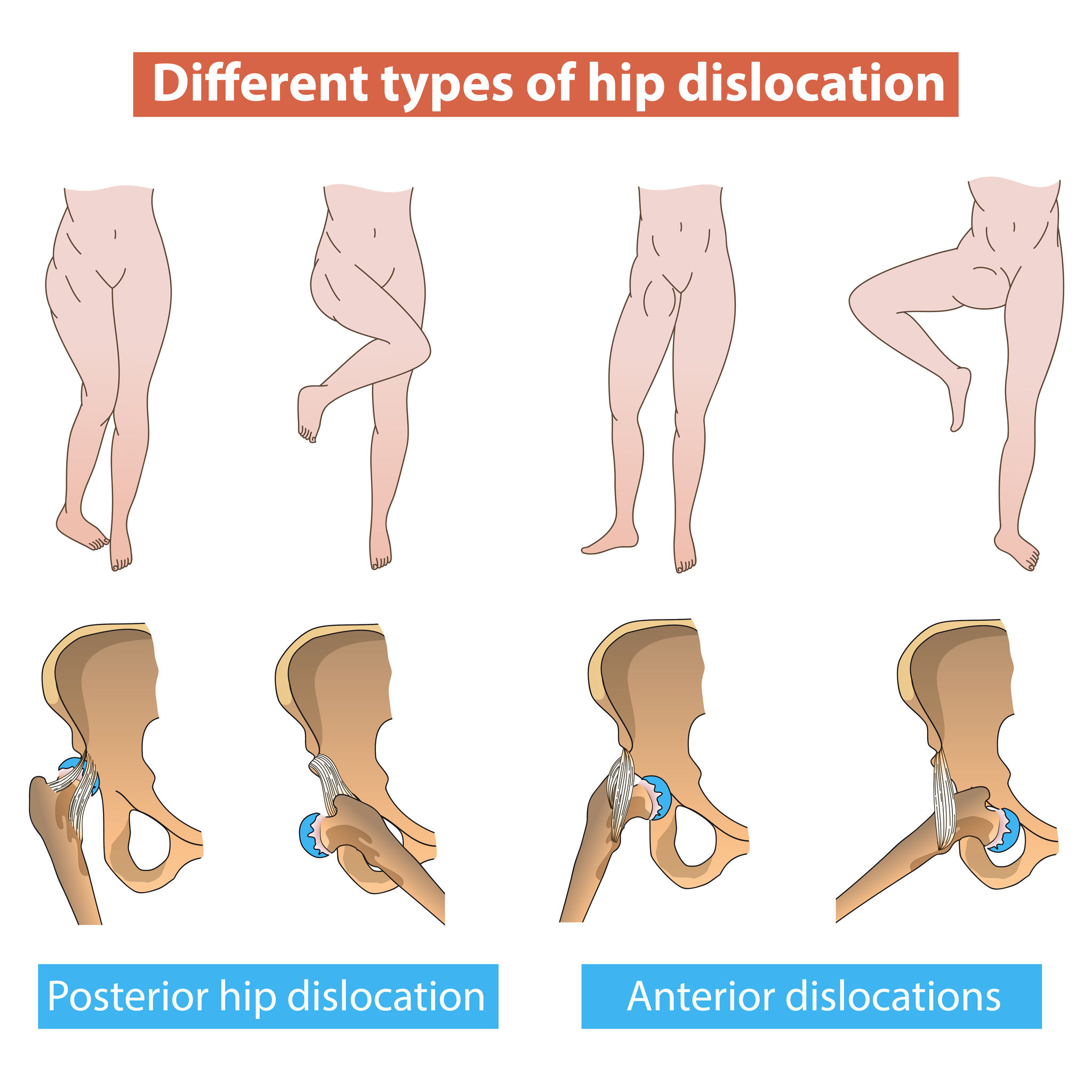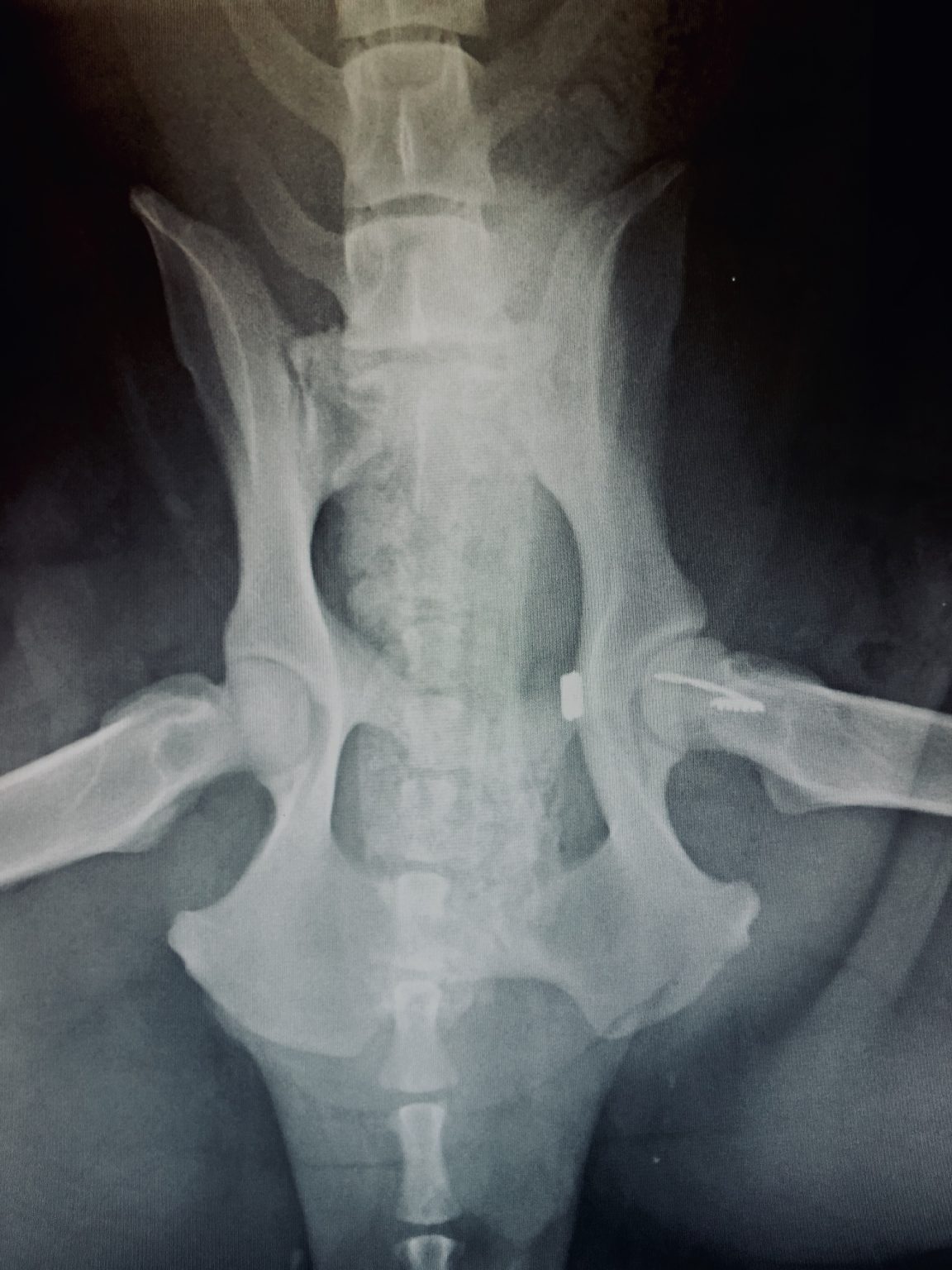Simple Info About How To Treat A Dislocated Hip

A complete dislocation happens when the bones in your joint are totally separated and pushed out of place.
How to treat a dislocated hip. By ciara lucas, rrca, cpt updated sep 27, 2023 medically reviewed by jennifer gilbert, md, mph a hip subluxation is a partial dislocation caused by overstretching, trauma or wear on the hip joint. With a lower limb joint, make sure they don't put any weight on it. When this happens, the ball of the hip joint only comes part way out of the socket.
For the captain morgan technique captain morgan technique , the patient's hips are held down by a sheet or belt, and the dislocated hip is flexed. The socket is formed by the acetabulum, which is part of the large pelvis bone. A complete history and physical will clue the health professional to the cause of dislocation (post total hip replacement vs native) and the type (posterior vs anterior).
The posterior wall and the femoral head fractures were. Send the casualty to hospital. Immediate treatment is necessary.
March 22, 2022 show references hip dislocation. Instead, an orthopedic doctor can often manually put the hip ball back into the socket. You will be given anaesthesia or a sedative before the procedure.
If the hip is only partially dislocated, it's called hip subluxation. The initial treatment of a dislocated hip is to try to relocate it, replacing the femoral head with the hip socket. Usually, an orthopedist can simply push the ball back in by hand while the patient is under anesthesia.
This can help reduce swelling by controlling internal bleeding and the buildup of fluids in and around the injured joint. A simple hip dislocation with no broken bones or other injuries may not require surgery. Practitioners then place their knee under the patient's knee and lift up while applying vertical traction to the femur.
A contralateral floating knee was associated. You have a subluxation if. Great force typically causes this injury, but it can result from an innocent.
Patients with hip dislocations must receive careful diagnostic workup, and the treating physician must be well versed in the different ways to treat the injury and possible complications. [1] central dislocation (always occurring with acetabulum fracture) [2] below is a good 5 minute video on hip dislocations. Any delay increases the risk that bone tissue will die.
Tips and tricks reference most hip dislocations are posterior. Closed reductions were predominantly used for patients presenting with hips which had been dislocated for a short period of time (mean = 1.9 months) (table 1); Call an ambulance and go to the emergency.
If you suspect you have a dislocated hip, don’t try to move it. Put ice on the injured joint. Treatment options will include measures to make sure you are stable, such as iv fluids, blood transfusion, or antibiotics, either closed or open reduction to put the hip back into its proper position, as well as rest and physical therapy.













:max_bytes(150000):strip_icc()/hip-dislocation-2549568-ADD-FINAL-V2-c2c494e19a5945238723bd0d340e5fcd.jpg)




